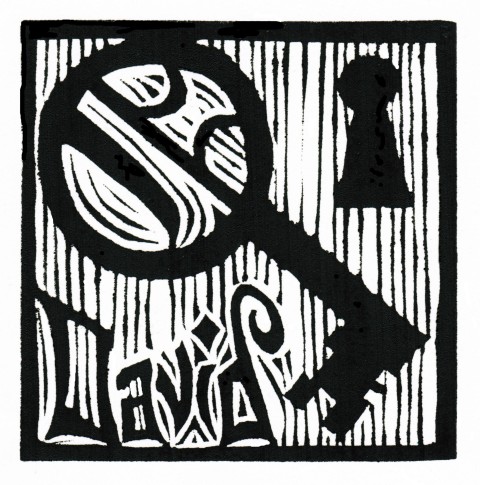The key of David and other Advent images
Each December we pray for the key of David to come. What does it lock and unlock?

I’m writing this column in early November, but it will appear in the December 20 issue of the Century—a date that evokes “the bleak midwinter” of Christina Rossetti’s poem, and all the reflections proper to the last week of Advent.
By December 20 our tree will already be decked out from floor to ceiling with homemade and commercial decorations. I don’t see Advent as a liturgical fence to keep us from crossing prematurely into Christmas, as if the incarnation were a secret to be kept under wraps until the holy night. Nonetheless, the lessons and hymns of Advent train our hearts to keep Christmas in a quieter, more hushed register. My friend Sr. Johanna, a Benedictine nun, conveys the mood of the season in a poem that begins “In that long solemn moment of Before – / Before the dawn, when darkness always reigns . . .”
To write for Advent, as for any of the great liturgical seasons, is to set aside the pursuit of originality for its own sake. The best Christian artists, poets, and theologians take their themes from scripture and tradition, and when they employ archetypal images—the darkness before the dawn, the key that unlocks frozen hearts, the fire of divine love, the morning star that heralds the rising sun—these tropes become new again. The familiar litanies of “O Come, O Come Emmanuel” sweep us along in cataracts of petition and praise. Our little coracles rise and fall on waves of inherited piety.





